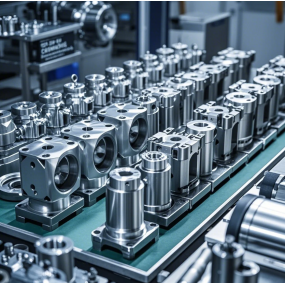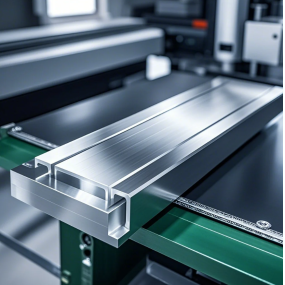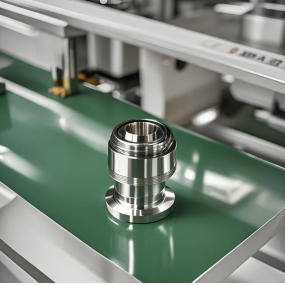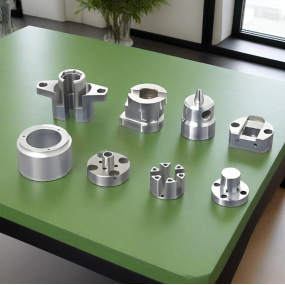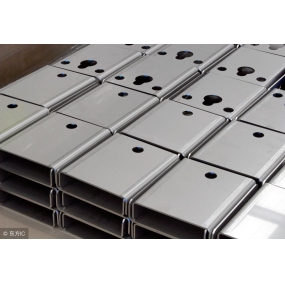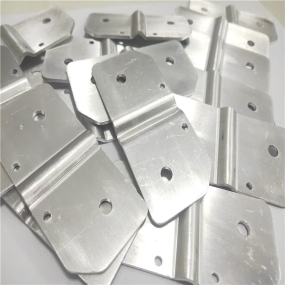Hardware shrapnel is often treated with silver plating because it can increase the corrosion resistance of the workpiece, improve reflectivity and conductivity, and make it more aesthetically pleasing. After silver plating, hardware shrapnel will have good conductivity, thermal conductivity, and welding performance.
But in processing engineering, we sometimes find that the surface of the silver plated metal spring fragments has a phenomenon of turning black and yellow. What is the reason for this? How can we solve such phenomena?
Metal Shrapnel
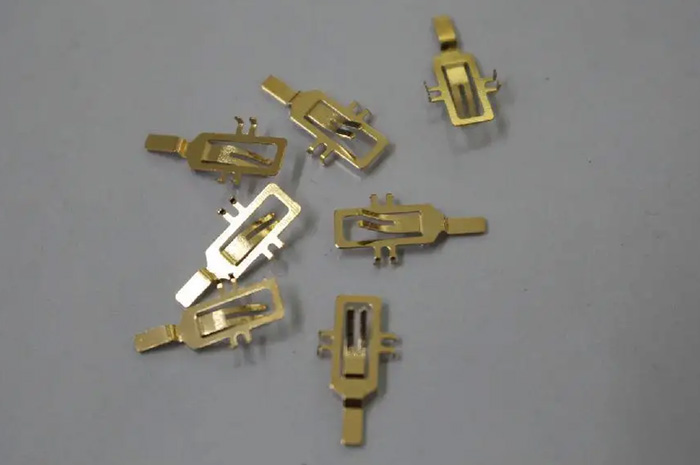
EMAR Precision is here to tell you that the main reason for the blackening or yellowing of metal spring pieces after silver plating is that the processed metal spring pieces come into direct contact with air, resulting in oxidation. To avoid this situation, we should seal the workpiece and add a desiccant.
When there is inventory of hardware shrapnel, we should package and store it, control the inventory quantity appropriately, and add some desiccants during packaging to avoid such phenomena.
Metal Shrapnel
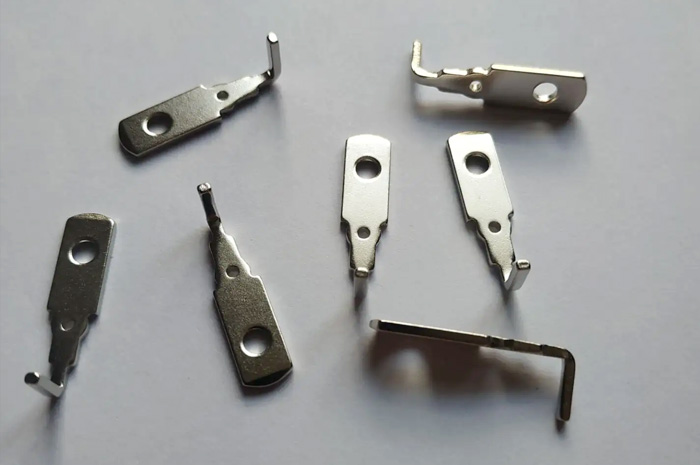
If there are already oxidized metal fragments, we can use industrial alcohol to erase them or directly re electroplate them in the electroplating factory to solve the problem.
By now, do you all know how to solve and avoid the phenomenon of blackening of hardware shrapnel after silver plating? Follow EMAR Precision Duoduo to push you hardware shrapnel related information.


 Spanish
Spanish Arabic
Arabic French
French Portuguese
Portuguese Belarusian
Belarusian Japanese
Japanese Russian
Russian Malay
Malay Icelandic
Icelandic Bulgarian
Bulgarian Azerbaijani
Azerbaijani Estonian
Estonian Irish
Irish Polish
Polish Persian
Persian Boolean
Boolean Danish
Danish German
German Filipino
Filipino Finnish
Finnish Korean
Korean Dutch
Dutch Galician
Galician Catalan
Catalan Czech
Czech Croatian
Croatian Latin
Latin Latvian
Latvian Romanian
Romanian Maltese
Maltese Macedonian
Macedonian Norwegian
Norwegian Swedish
Swedish Serbian
Serbian Slovak
Slovak Slovenian
Slovenian Swahili
Swahili Thai
Thai Turkish
Turkish Welsh
Welsh Urdu
Urdu Ukrainian
Ukrainian Greek
Greek Hungarian
Hungarian Italian
Italian Yiddish
Yiddish Indonesian
Indonesian Vietnamese
Vietnamese Haitian Creole
Haitian Creole Spanish Basque
Spanish Basque

